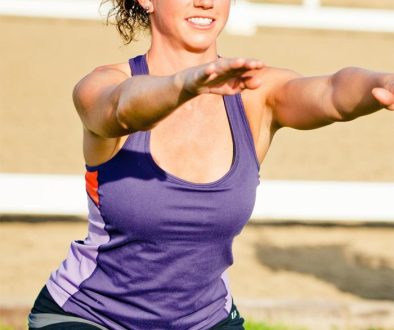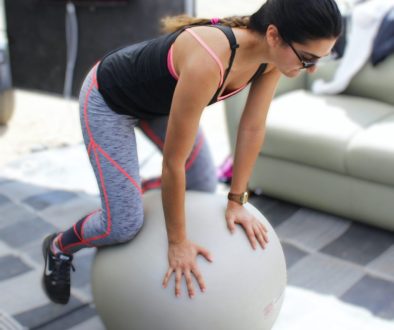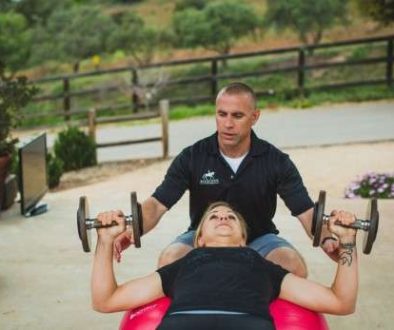Show with BioRider
and Virtual Horse Sports
All show entries will include a workout for the athlete to practice between shows! We are collaborating with Virtual Horse Sport and judges from around the United States. All active members will receive a free entry to the online show.
Take advantage of this opportunity to have your riding video scored and commented on by a reputable licensed USEF judge. These shows are purely for the art of riding and the success to your daily training. There’s 100% privacy available and the recommendations are for your own training purposes only. Workouts are distributed to athletes after a free signup. Logging is available to athletes for trainers to follow.
Follow BioRider on all social media platforms for future show dates.
You will get exercises specific to the judges comments and scoring.






